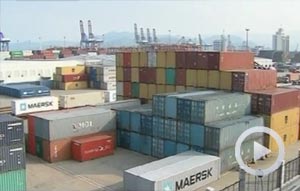A model for cooperation with EU
Updated: 2013-07-06 16:52
|
||||||||
BEIJING -- Nearly two months after Chinese Premier Li Keqiang's fruitful visit to Switzerland, a Free Trade Agreement (FTA) between the two countries was finally inked in Beijing on Saturday.
It is widely believed the FTA between "the heart of Europe" and the world's second largest economy not only cements a win-win relationship between the two countries, but also serves as a model for economic cooperation between Beijing and Brussels amid flaring anti-dumping tensions.
Switzerland has been always at the forefront of economic relations with China. Back in 2007, it became the first European country to recognize China's full market economy status, which later facilitated the signing of the FTA.
Trade volume between China and its first free trade partner on the European continent reached $26.3 billion in 2012, and Switzerland, a non-EU member, has maintained a favorable balance of trade for years.
Under the agreement, Switzerland and its competitive industries, including medicine, machinery, watch making and tourism, will undoubtedly benefit more from a large and free Chinese market.
China, which differs from Switzerland both geographically and economically, will also benefit from the highly complementary cooperation modes. Zero tariffs and free import channels for cutting-edge technology from Switzerland will satisfy the growing needs of Chinese consumers and help accelerate the country's industrial transformation and upgrading.
So far, more than 60 Chinese enterprises have expanded their business in the European market by setting up branches in Switzerland. The number is expected to grow substantially following the FTA.
While the Chinese-Swiss agreement offers a great chance for the two sides to unlock their enormous potential and bring more concrete benefits to their peoples, the same opportunity exists for the broader EU.
With the debt-ridden continent still trying to get back on its feet and the world economy burdened with uncertainties, closer China-EU collaboration has taken on a new urgency.
However, the two economic giants were involved in a series of trade disputes last month after the EU imposed a provisional anti-dumping tariff of 11.8 percent on solar panel imports from China, and China launched anti-dumping probes into EU wines.
If an agreement cannot be reached between the EU and China by August 6, the duties on Chinese solar panels, which will rise up to 47.6 percent, could severely damage the European solar value chain and put more than 600,000 jobs at risk.
The Chinese-Swiss FTA comes just in time to calm the disputing parties and serves as a model for a win-win trade relationship.
China and Europe vary in many aspects, and bilateral trade in large volume cannot be friction-free. However, a healthy partnership should be based on the fact that both parties abandon protectionism and offer a fair environment for all of their trade partners.
There is no winner in a trade war. If the opportunity is seized by the EU to rethink the long-term strategic interests of bilateral cooperation instead of immediate gains, the two highly complementary economies can give full play to their respective advantages and share more profits.
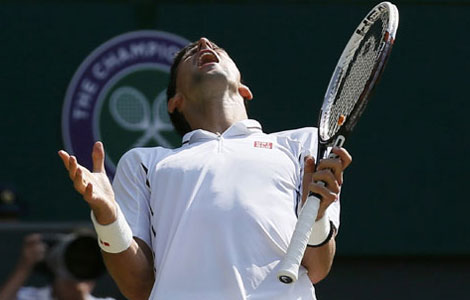
 Djokovic, Murray to vie for Wimbledon title
Djokovic, Murray to vie for Wimbledon title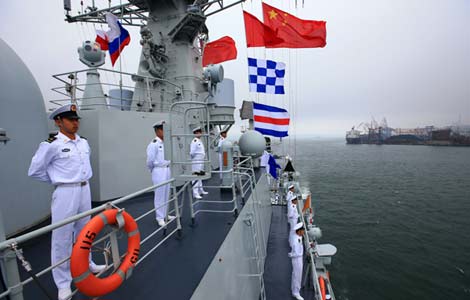
 China-Russia navy drill furthers ties
China-Russia navy drill furthers ties
 Famed monkey takes a new direction in New York
Famed monkey takes a new direction in New York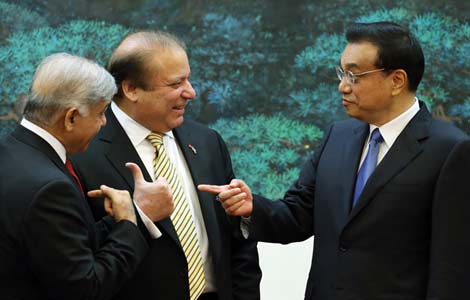
 China, Pakistan ink transport pact
China, Pakistan ink transport pact
 Passenger car sector outlook brightens
Passenger car sector outlook brightens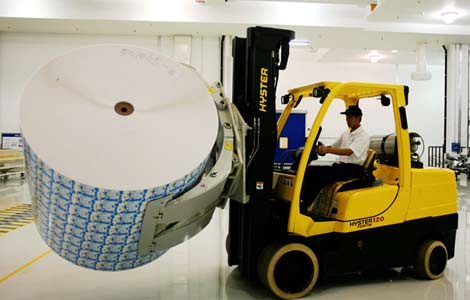
 Multinationals face increased scrutiny
Multinationals face increased scrutiny
 Kobe Bryant reportedly has highest net worth in NBA
Kobe Bryant reportedly has highest net worth in NBA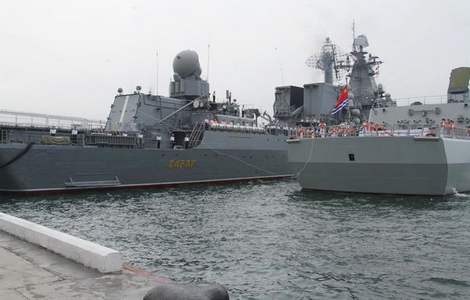
 Chinese fleet arrives in Vladivostok for drills
Chinese fleet arrives in Vladivostok for drills
Most Viewed
Editor's Picks

|

|

|
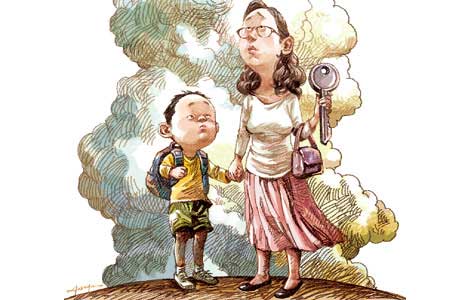
|

|

|
Today's Top News
China reiterates prudent monetary policy
Companies plan massive investment in Xinjiang
Tetra Pak probed in China
Venezuela offers asylum to Snowden
China, Pakistan ink transport pact
24 dead in Egypt protests
High hopes for China-US talks
Li: 'India is an important neighbor'
US Weekly

|

|

